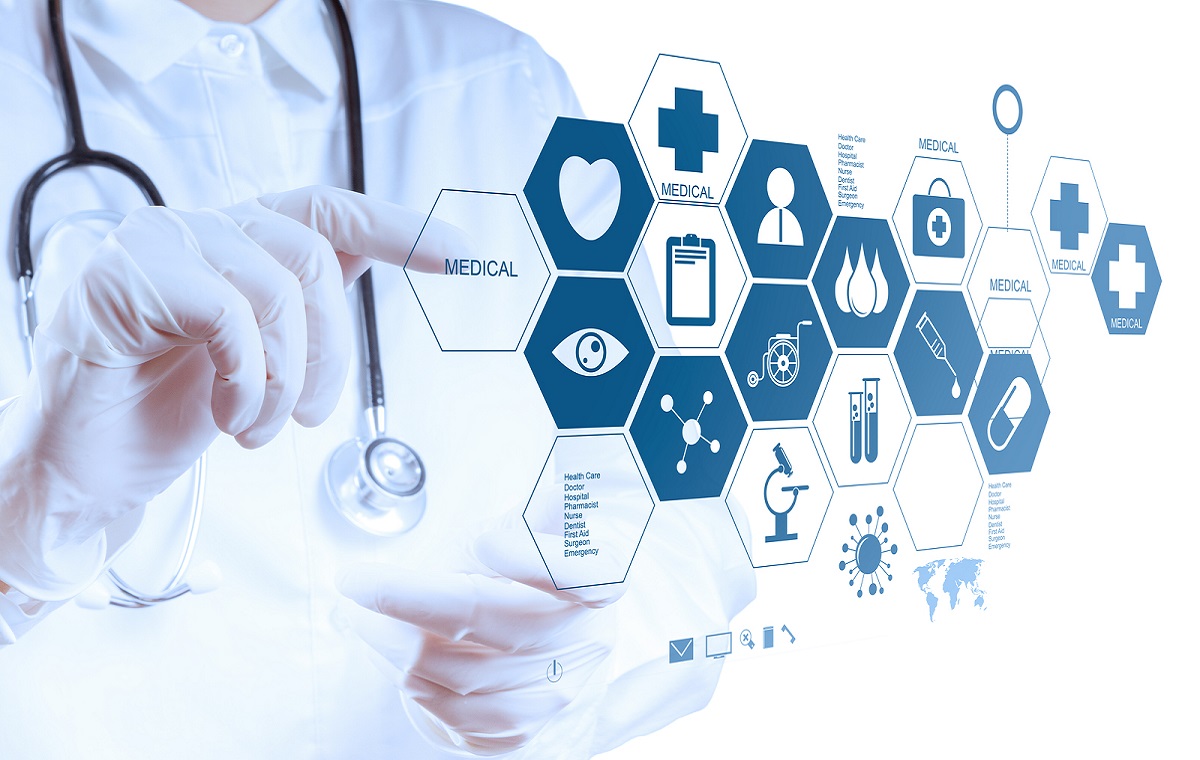
Scoliosis (curvature of the spine), means that the spine is curved either to the left or right side. Scoliosis is actually a symptom not a disease. As symptoms like pain or fever can develop because of different diseases, various diseases can cause scoliosis. Therefore scoliosis can be defined as a formal deformity on a healthy pine.
Scoliosis can develop depending on a lot of diseases and it can be seen in different age groups and at various areas of the spine structure. The scoliosis that developed on two individuals with the same cause, may not develop similarly. There are exclusive treatment methods that differ according to the individuals.
Types of Scoliosis:
Idiopathic Scoliosis
The most common scoliosis type is the unknown “idiopathic” scoliosis. The spine may curve to the sides or can be “S” or “C” shaped. Except the curvatures to the sides, the spinning of the vertebra around themselves can be seen in every idiopathic scoliosis including the slightest forms. This spinning in the vertebra causes asymmetric bulges on the back or dorsum.
Neuromuscular Scoliosis
The second most common scoliosis type is the neuromuscular scoliosis. Muscle or nerve diseases are the basic causes of neuromuscular scoliosis. Nervous diseases can depend on brain or spinal cord; though, muscle diseases can develop in childhood or later on. In neuromuscular scoliosis, breathing difficulties and sense disorders are more common than idiopathic scoliosis. Because of symptoms like respiratory problems, communication disorders, sense disorders and epileptic attacks, using scoliosis corset can be necessary during the treatment process. In this type of scoliosis, younger age groups are more suitable for surgical operations. Fusion treatment may be applicable.
Congenital Scoliosis
The third most common type is congenital scoliosis. It is a scoliosis type that develops because of the spine anomalies, which develop in the development process of the baby in the womb. Congenital scoliosis develops fast in the first years. Therefore, the treatment of congenital scoliosis that develops in early periods can make surgical operations necessary at early ages.
Also, various metabolic diseases such as neurofibromatosis, various rheumatic diseases, osteogenesis imperfecta, marfan syndrome, various connective tissue diseases such as Ehler Dsanlos, spine fractures, spine infections, Morquio, Gaucher’s disease and some genetic syndromic diseases can cause scoliosis.
Scoliosis can develop at different age groups and it is more common in puberty. If not treated in early periods, it can cause both irreversible cosmetic and cardiac and respiratory damages. It must be regularly monitored and if necessary, the curvature must be sugically treated.
Symptoms of Curvature of The Spine
– In scoliosis, one of the blade bones is higher than the other one.
– One of the hips is higher than the other one.
– When the patient gets their arms to the side of their body, the space between one of the arms and the body is very wider than the other one.
– When you look at the patient from behind, the spine looks as if it is bent forward.